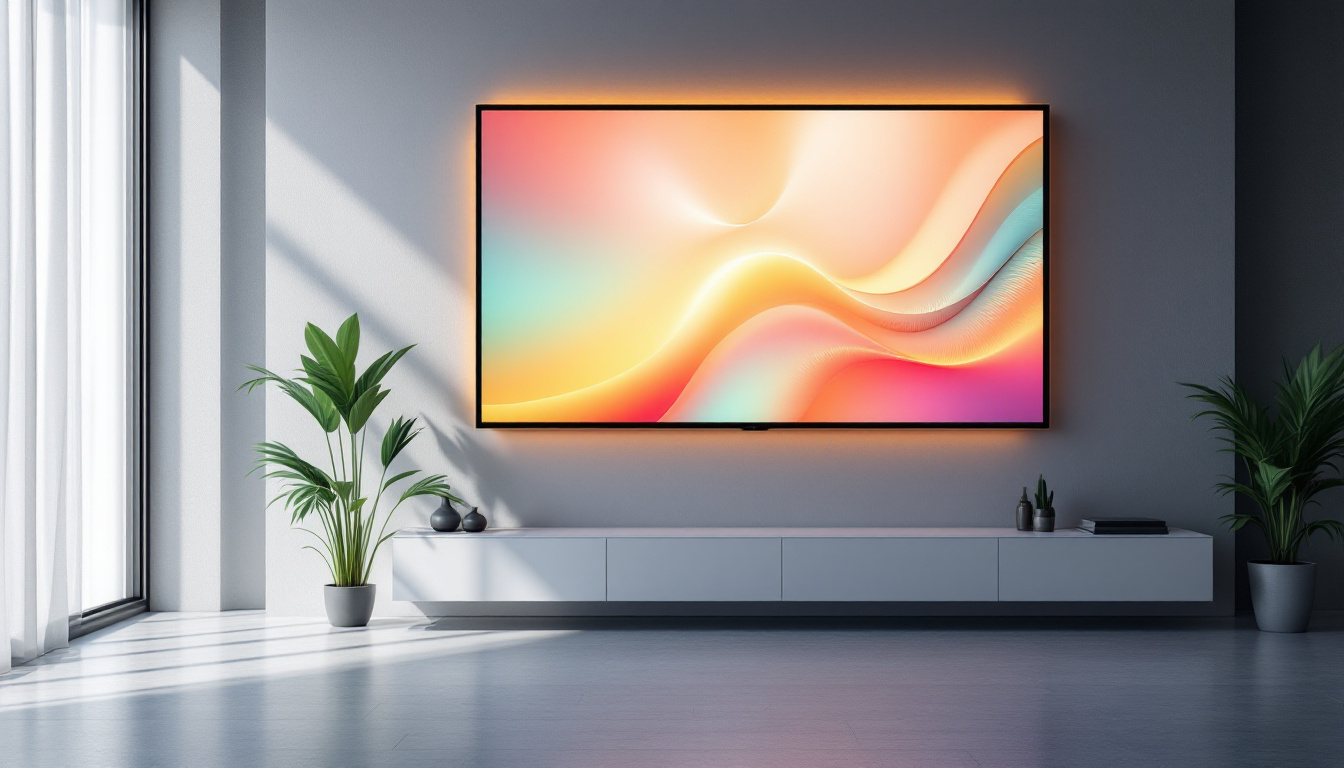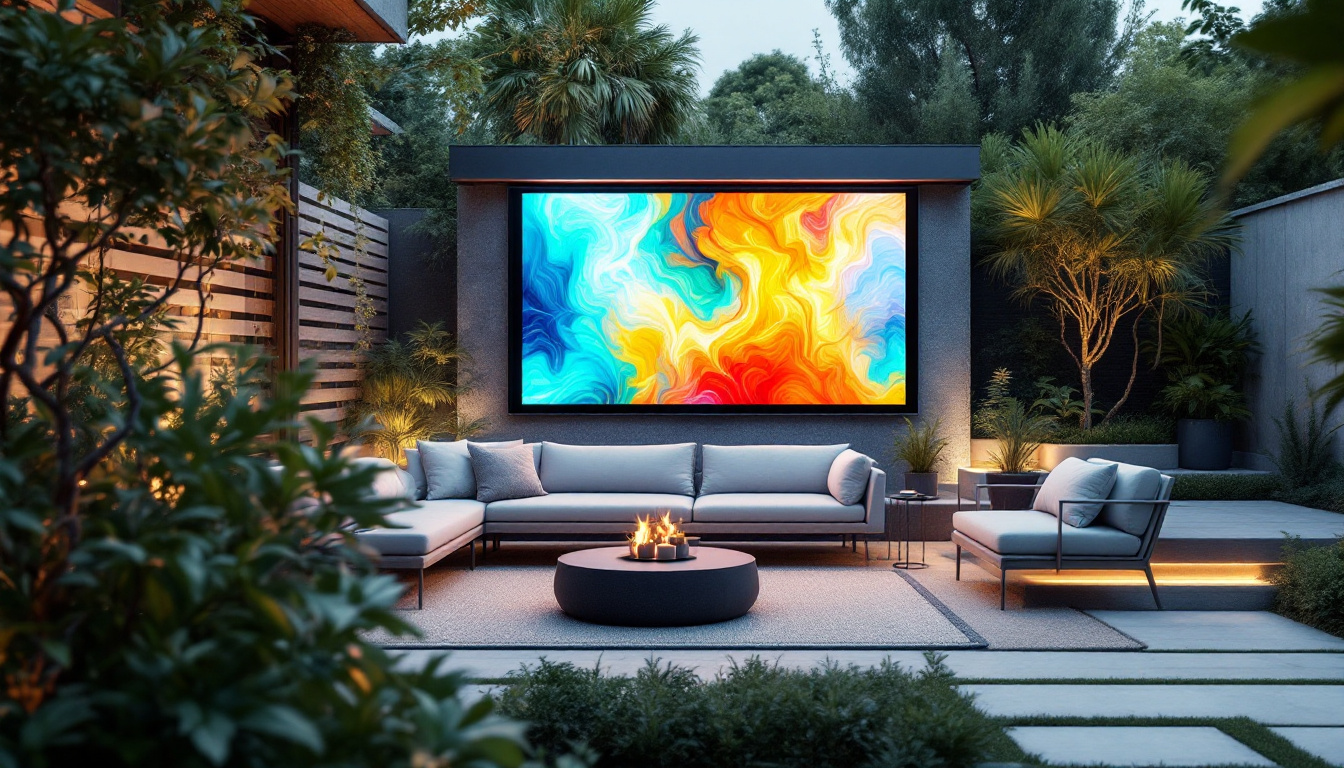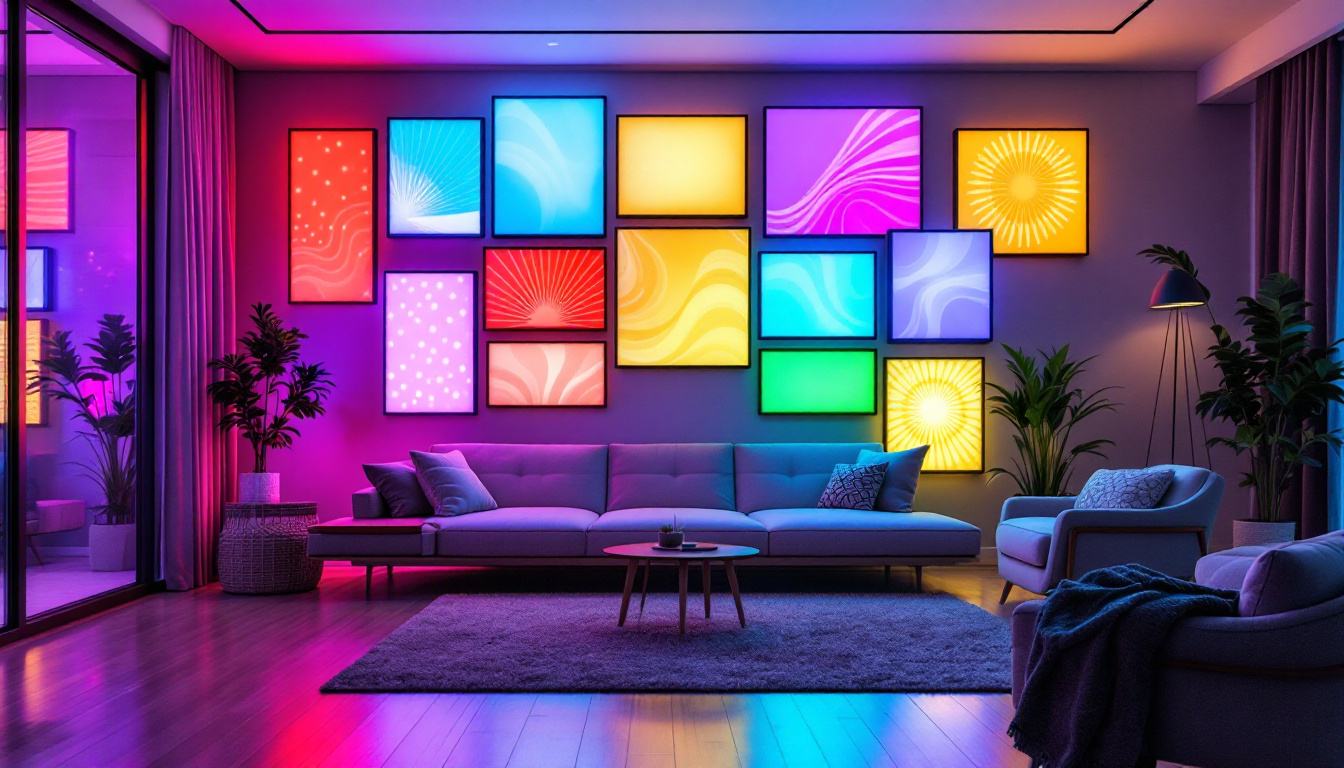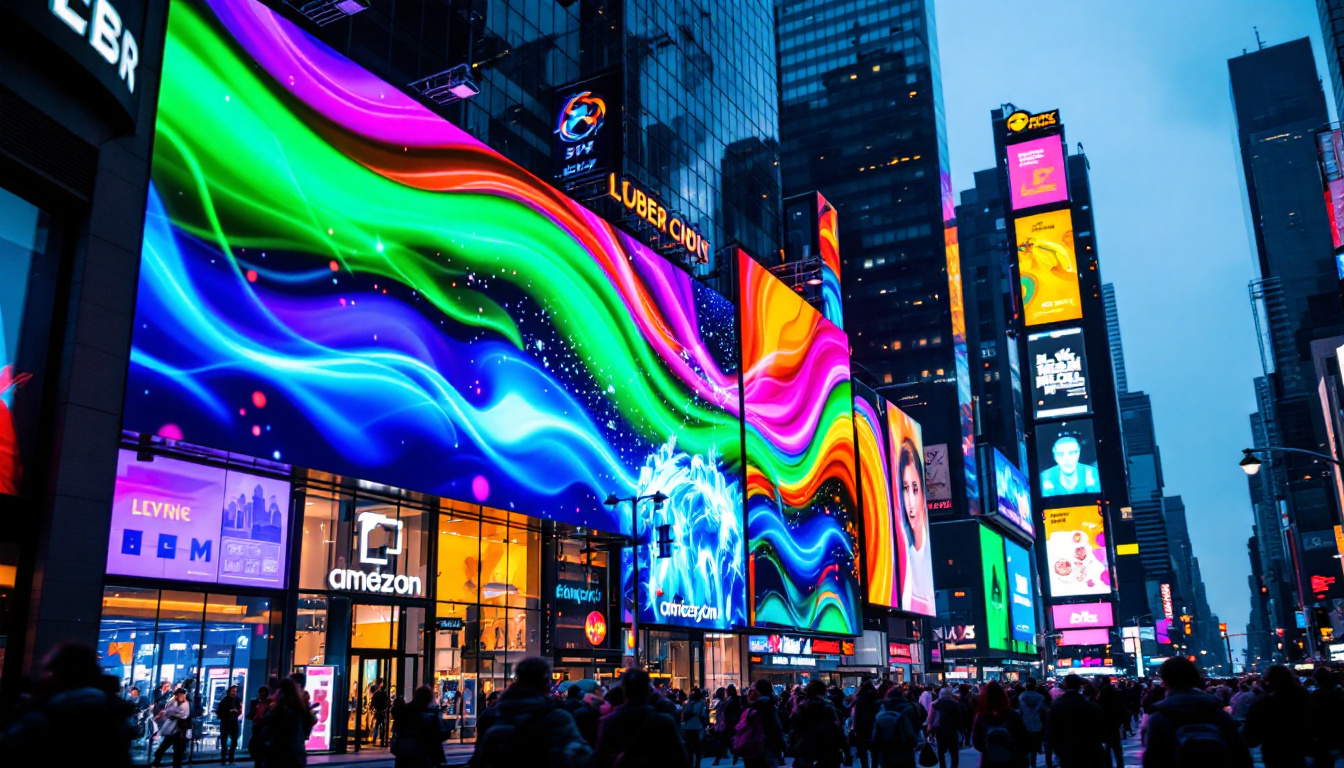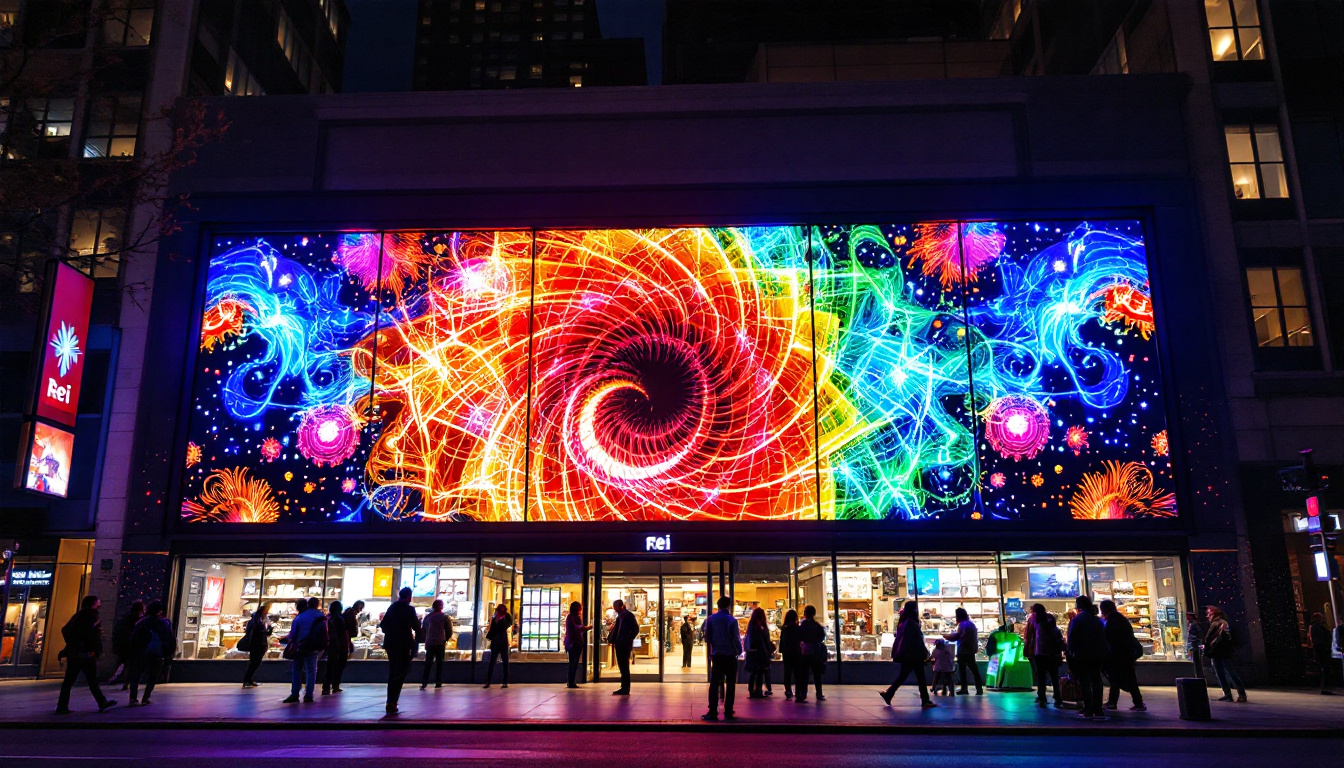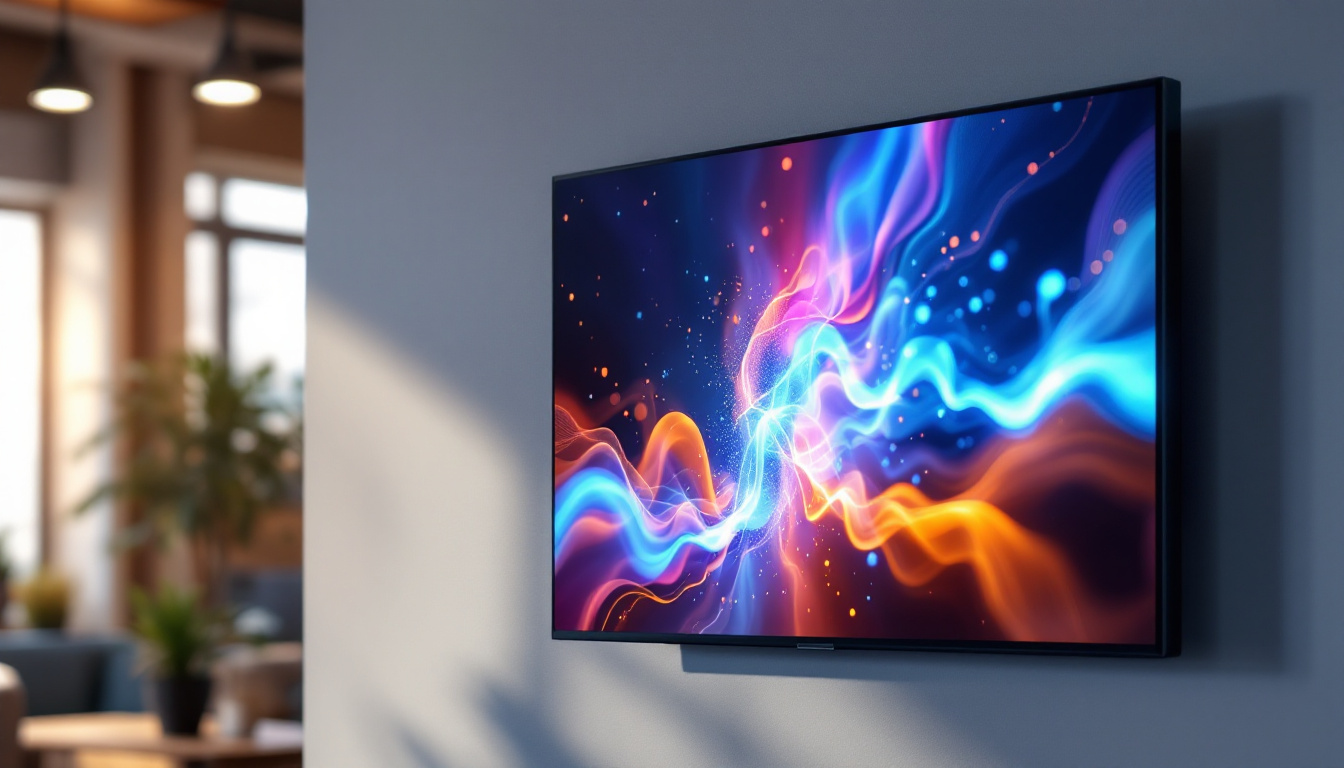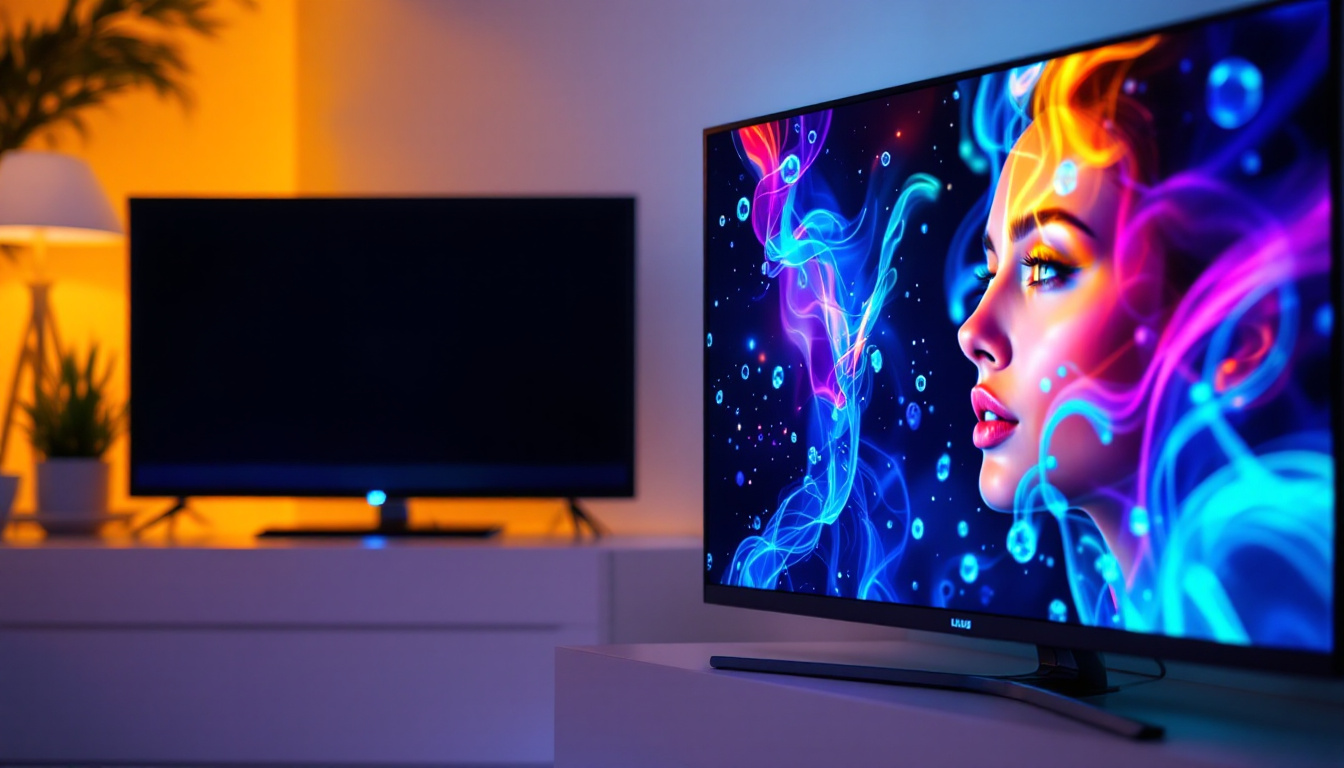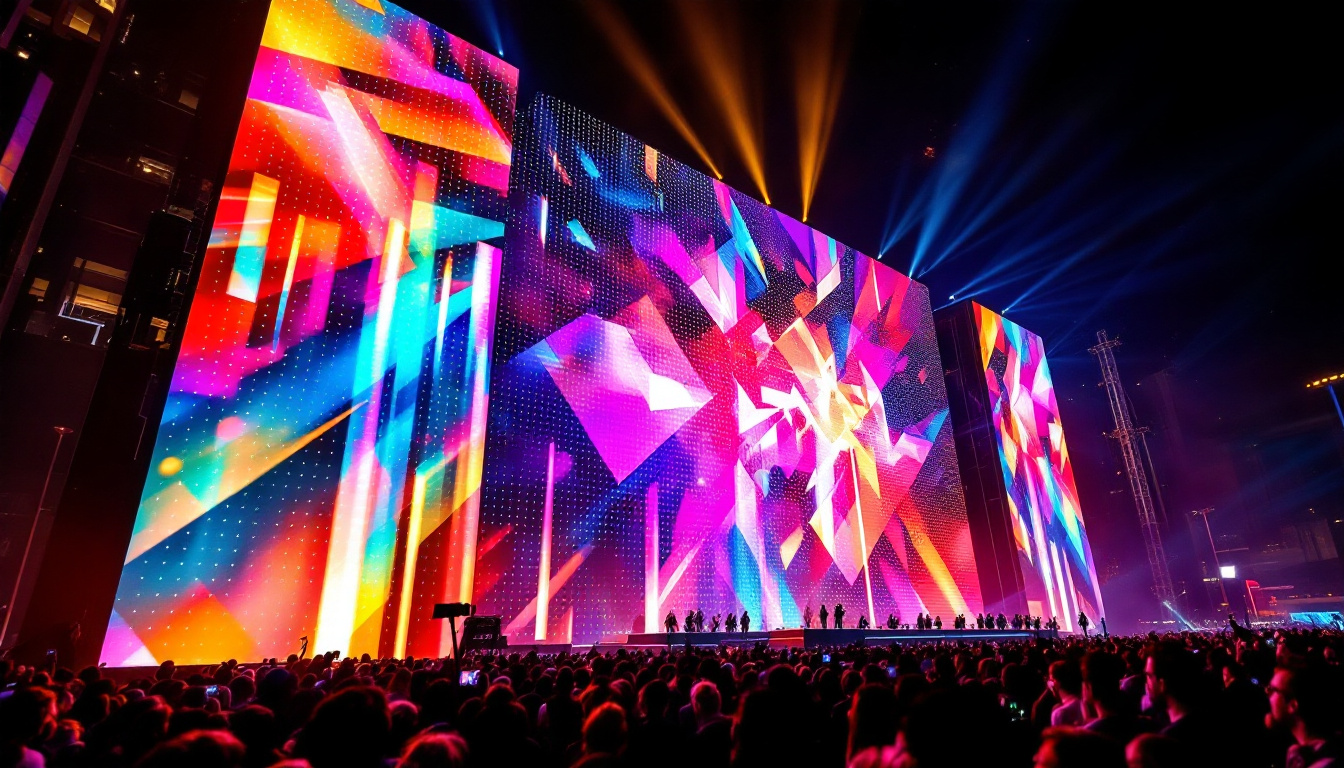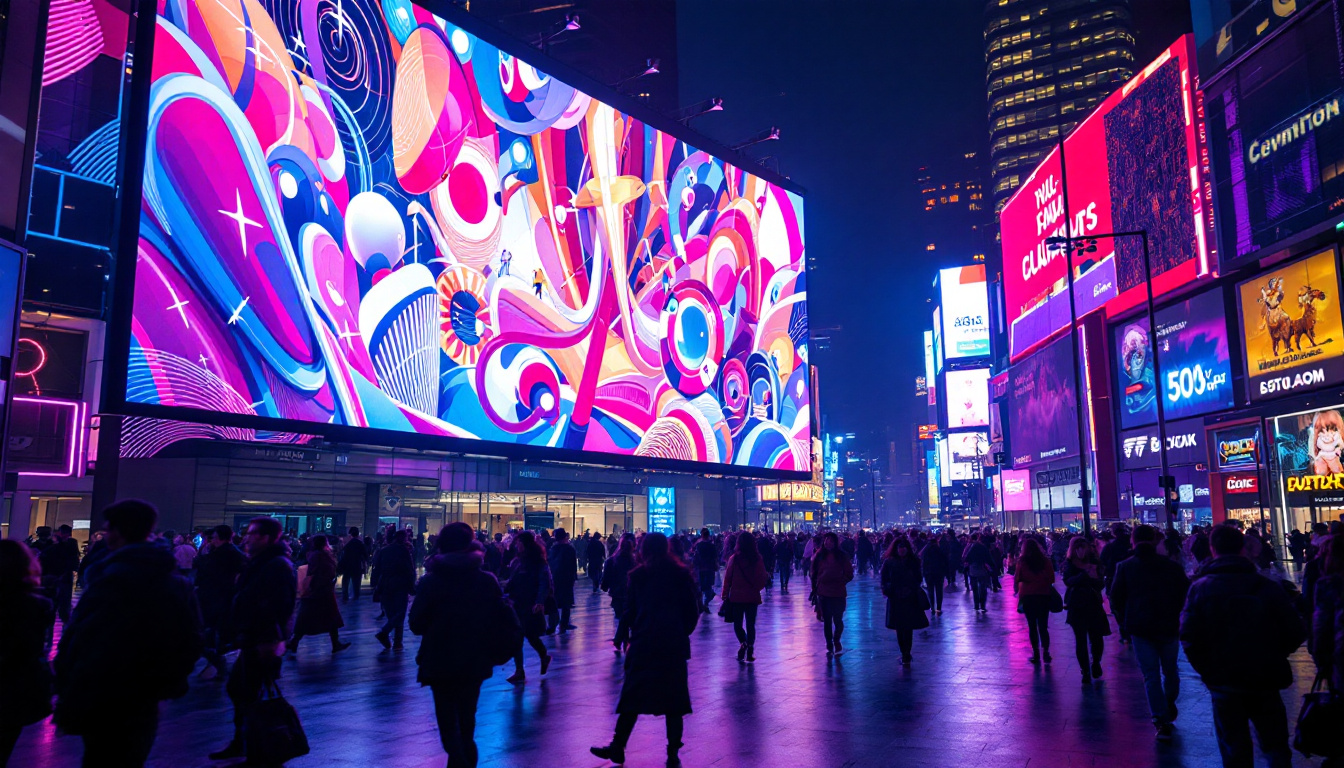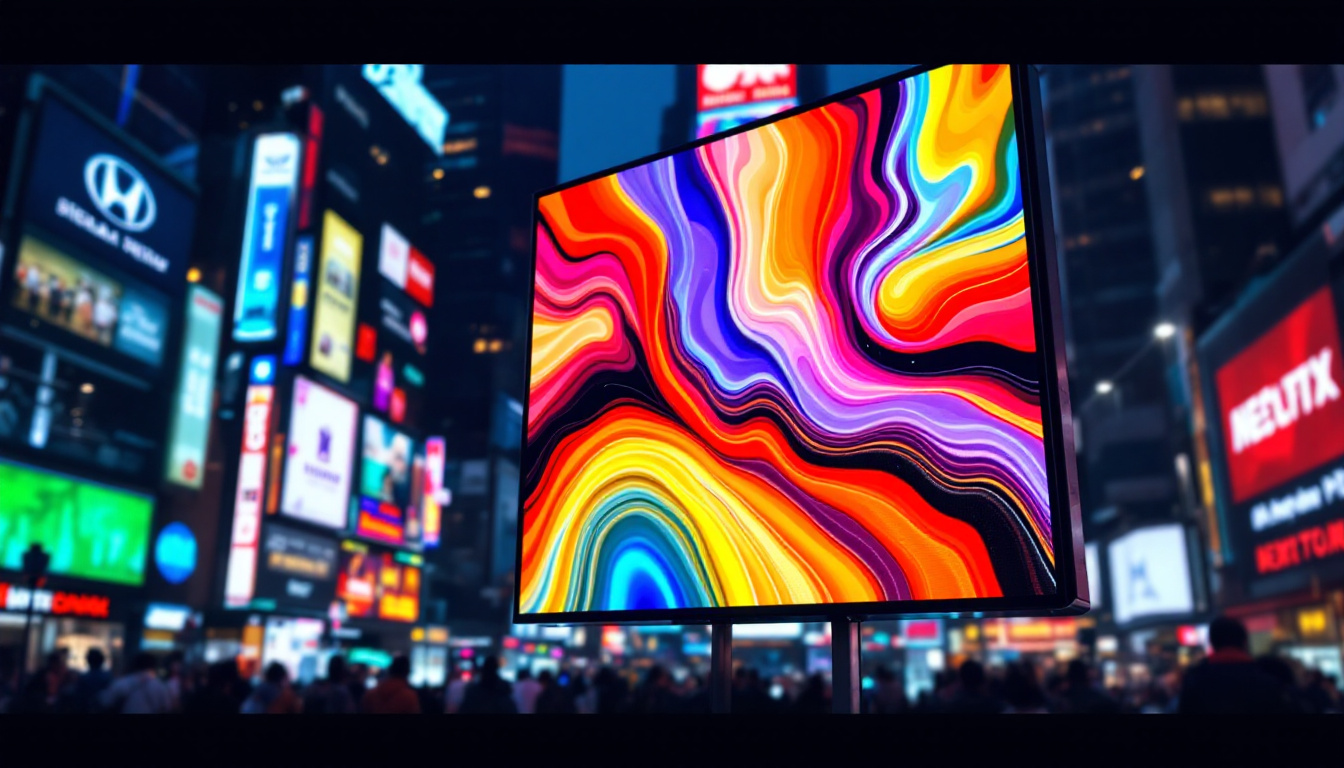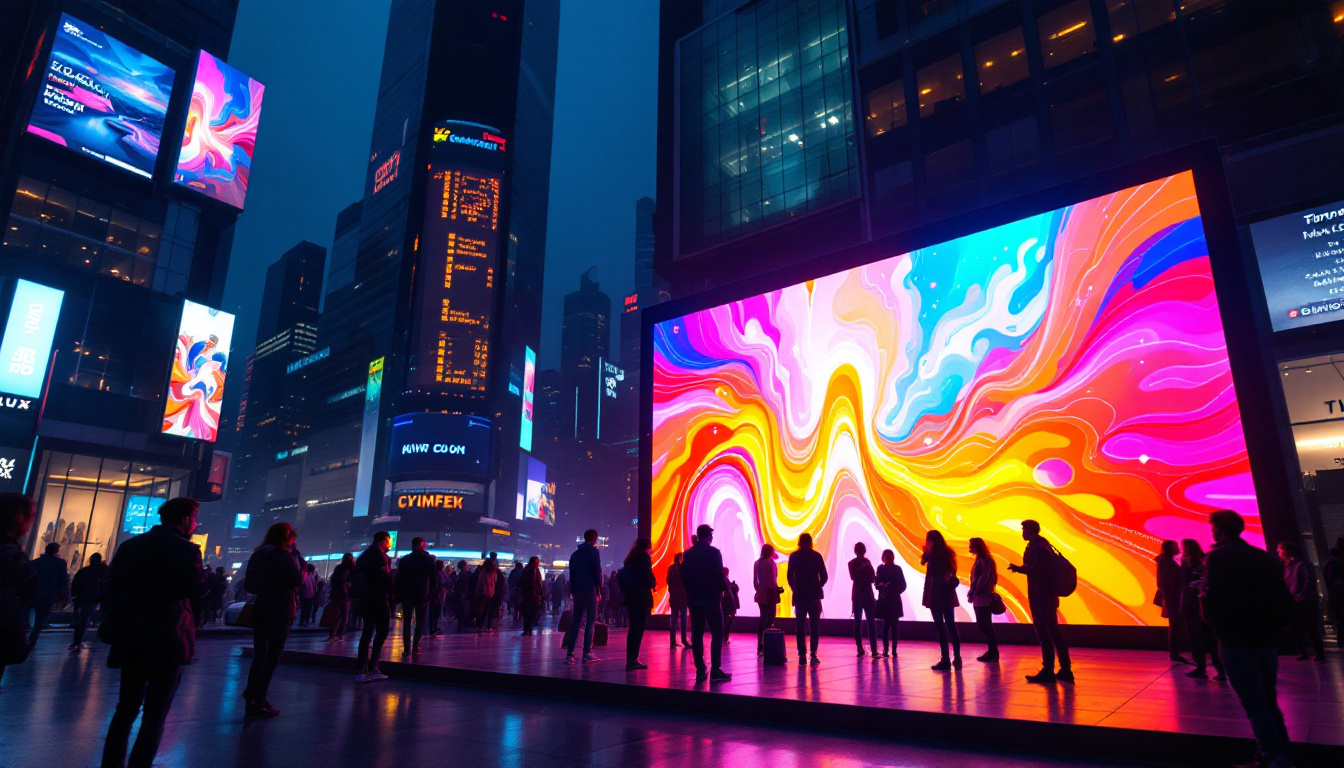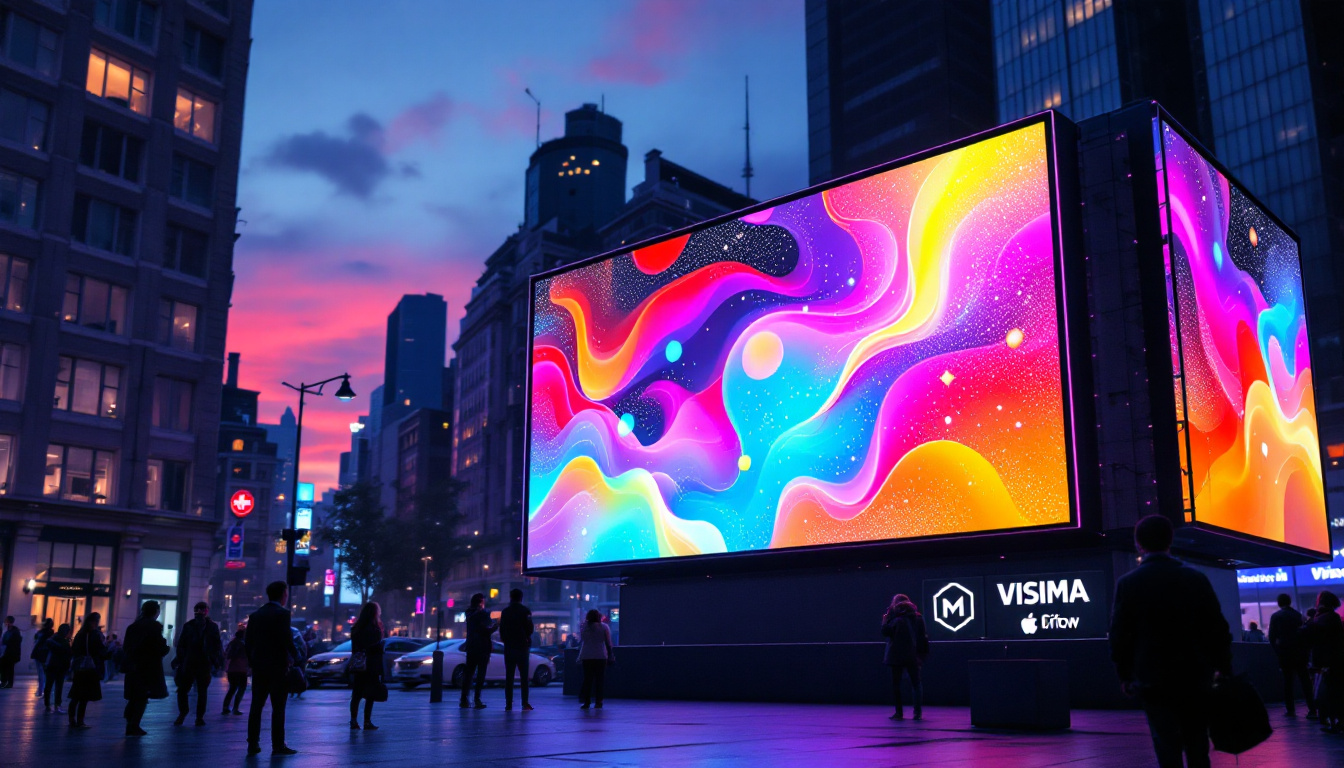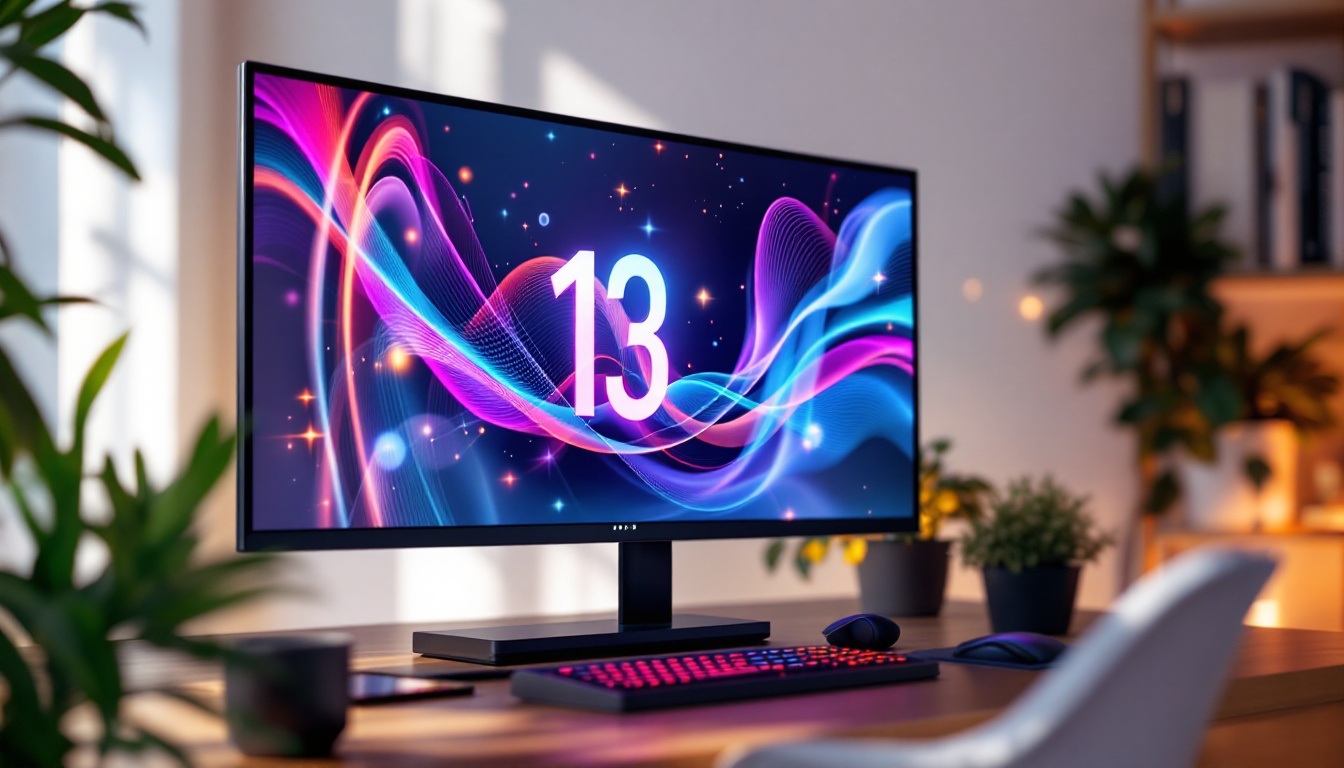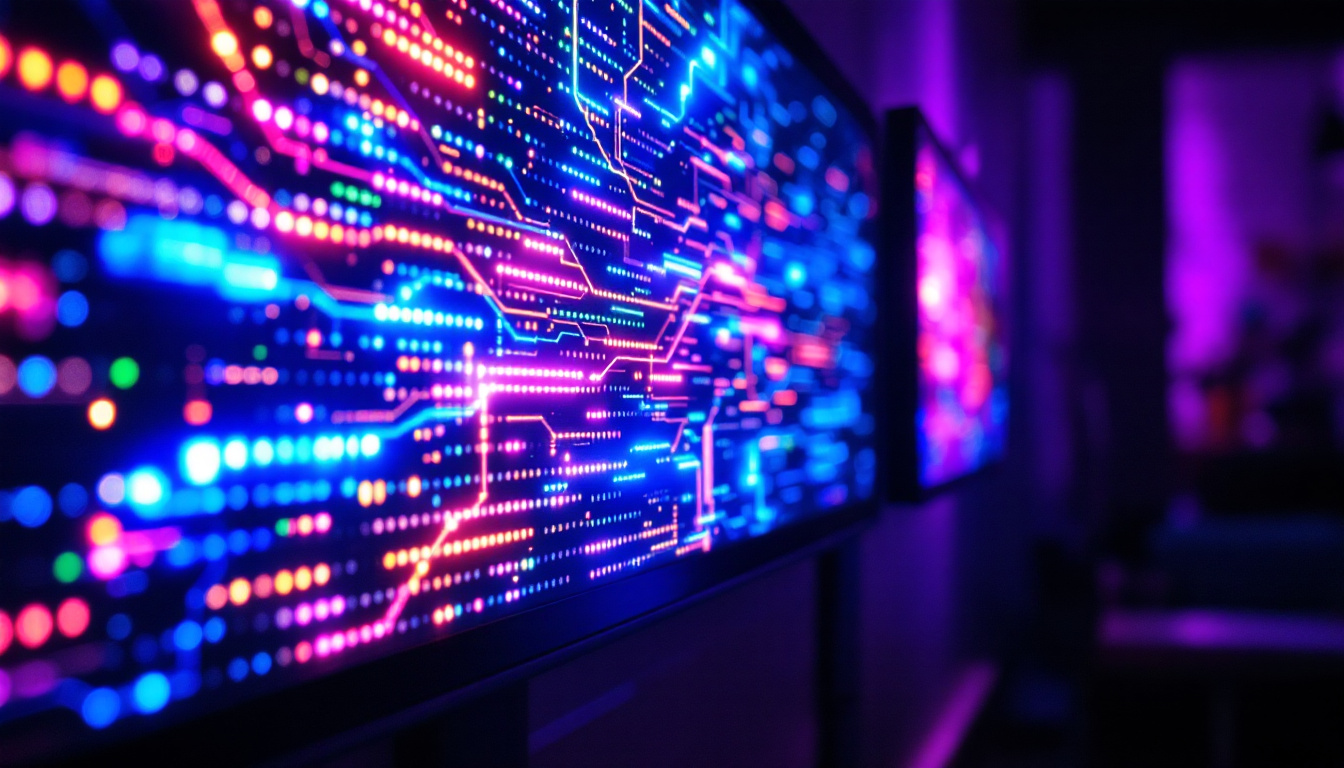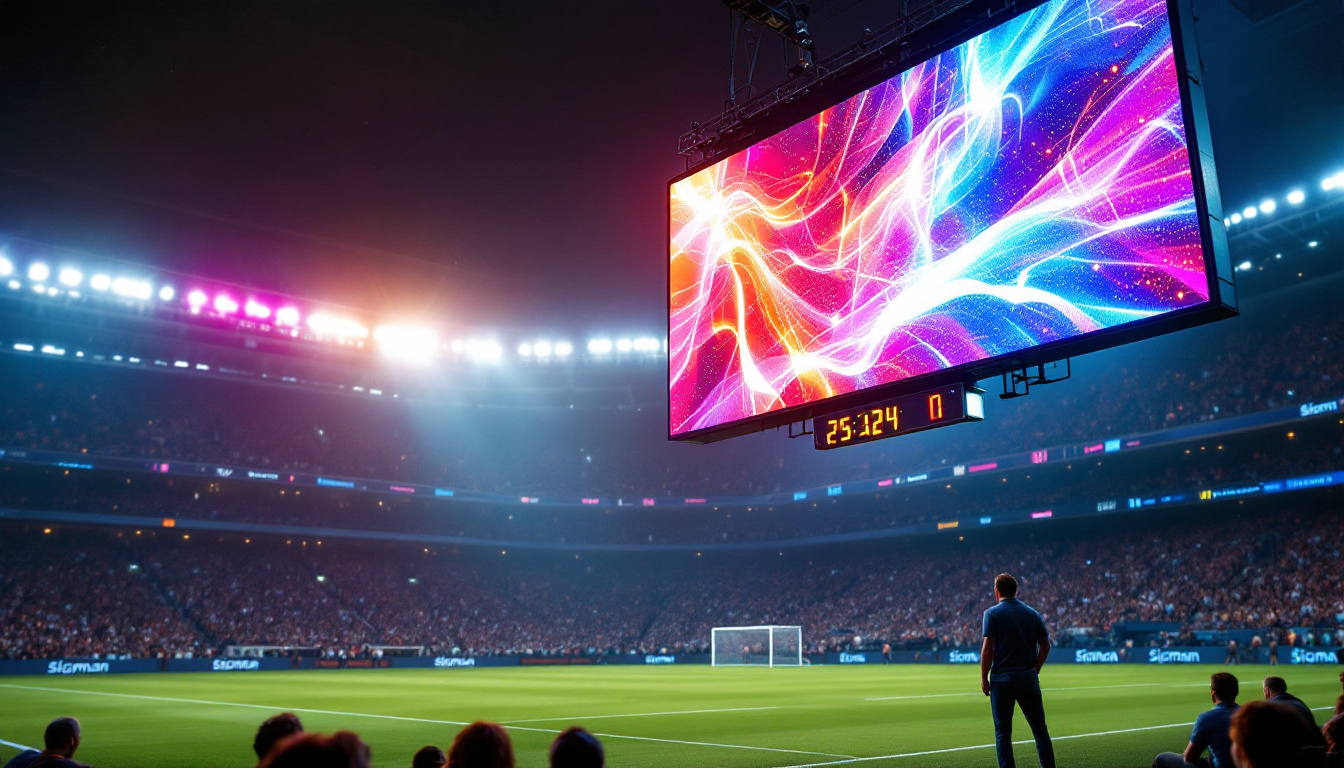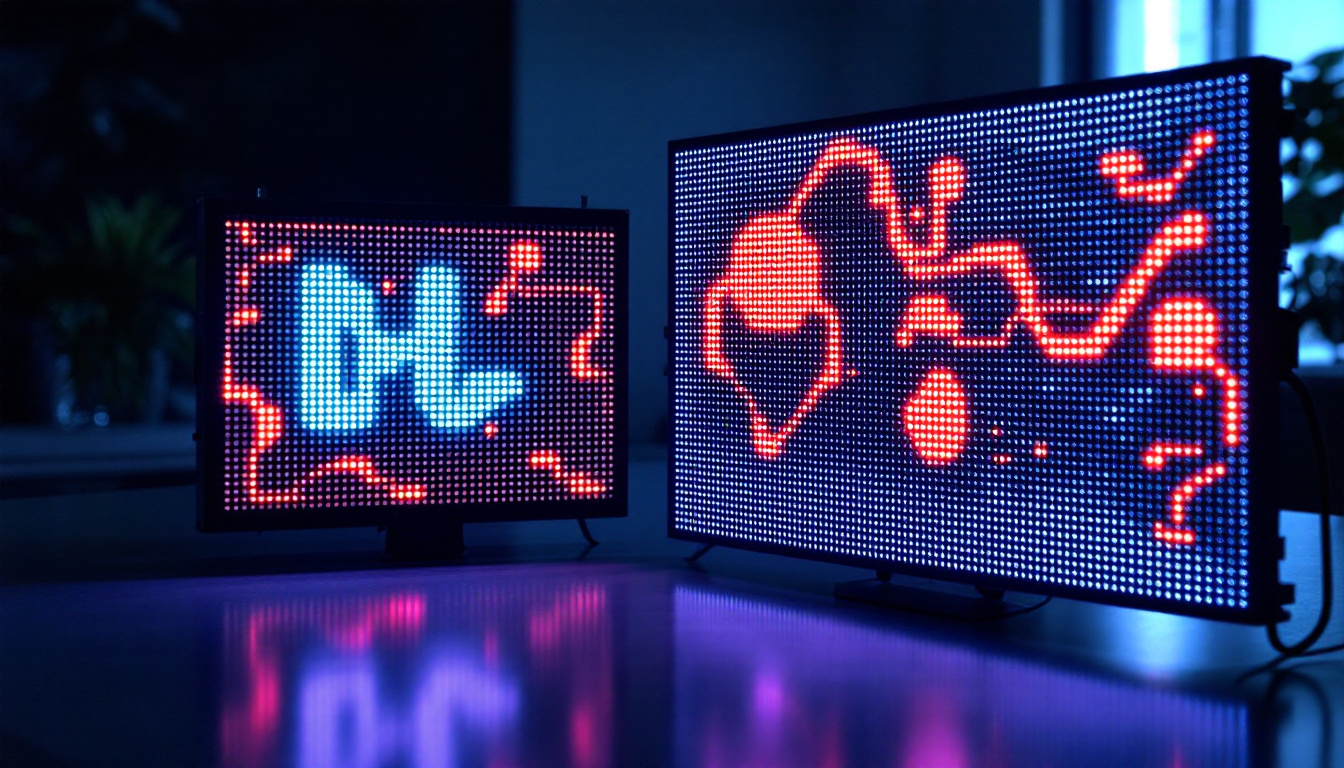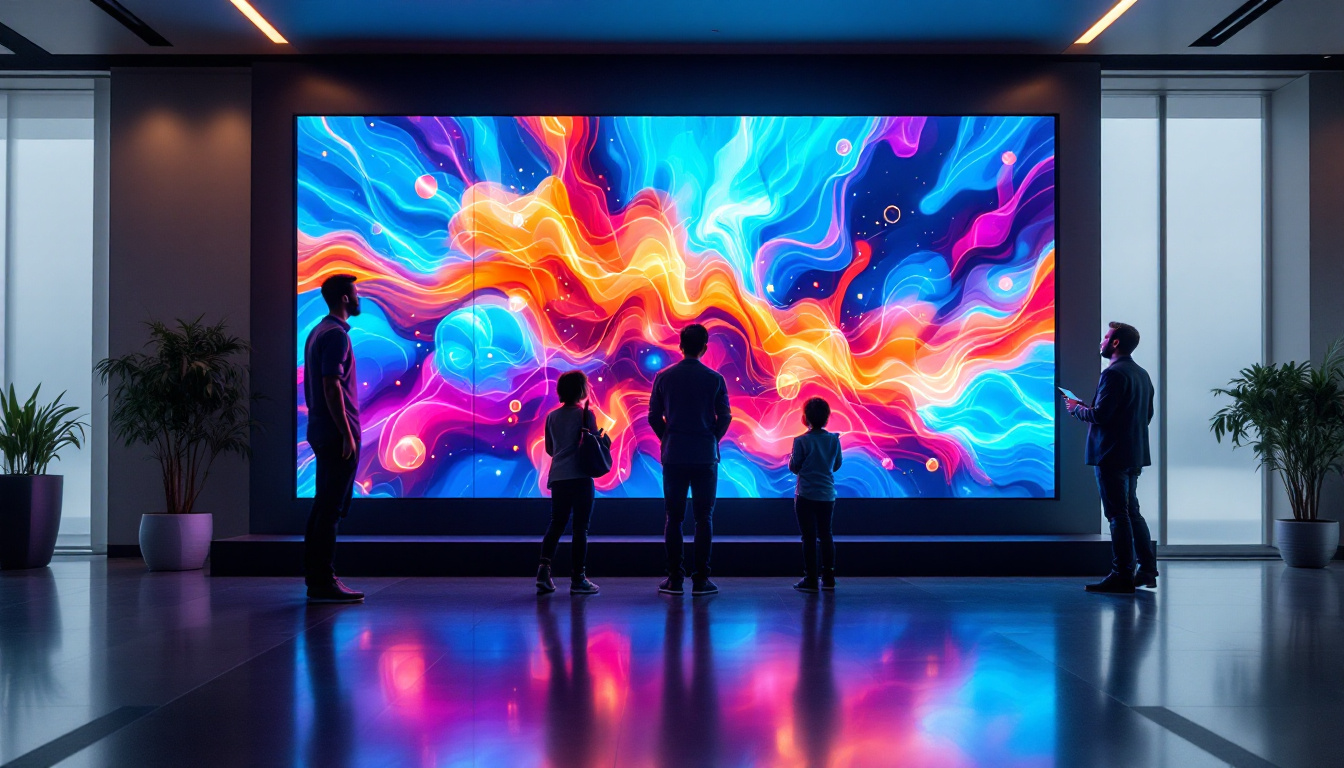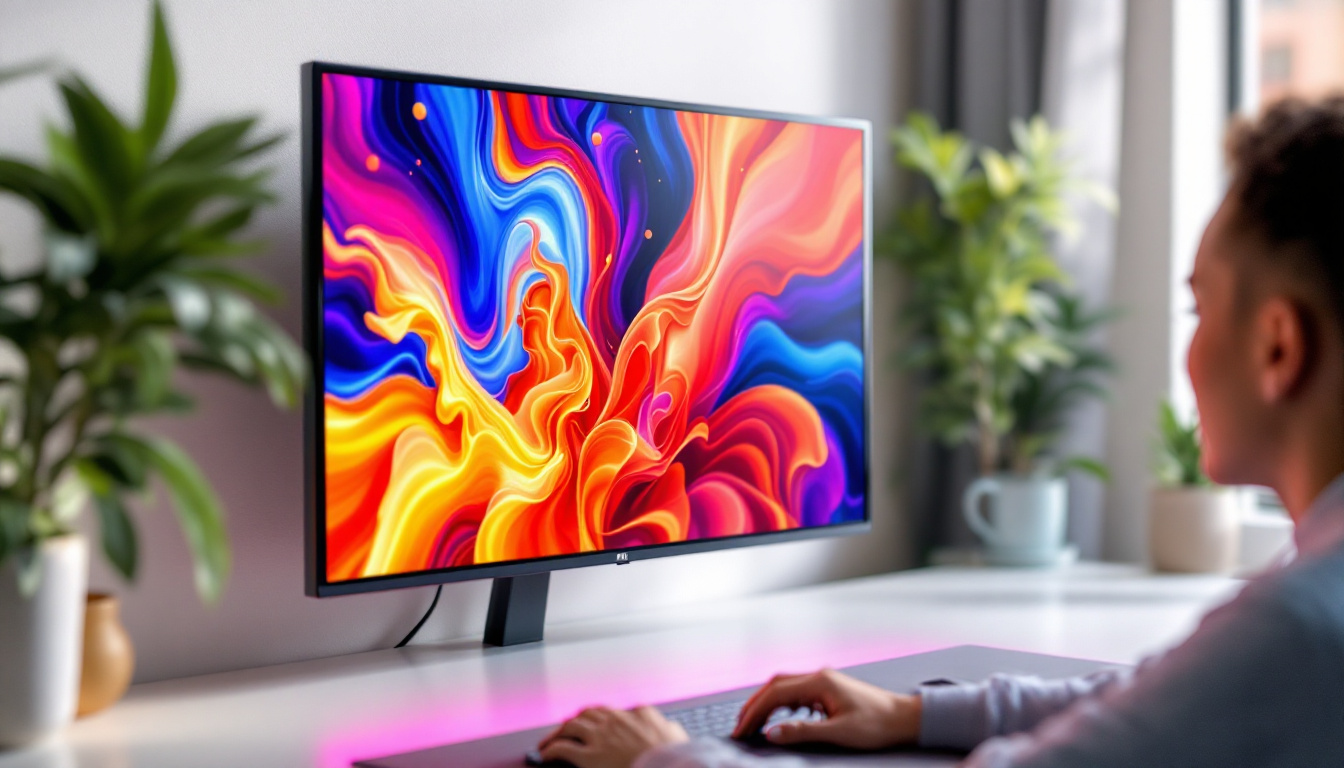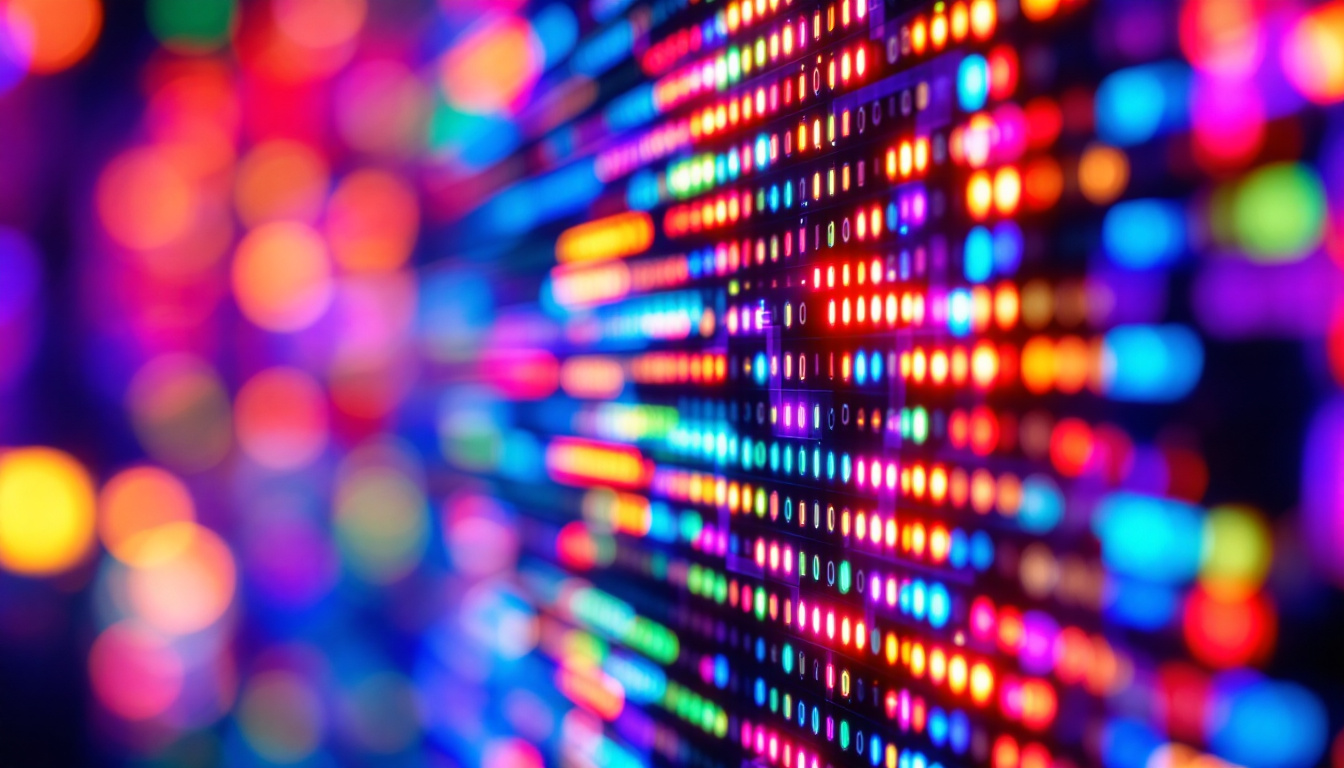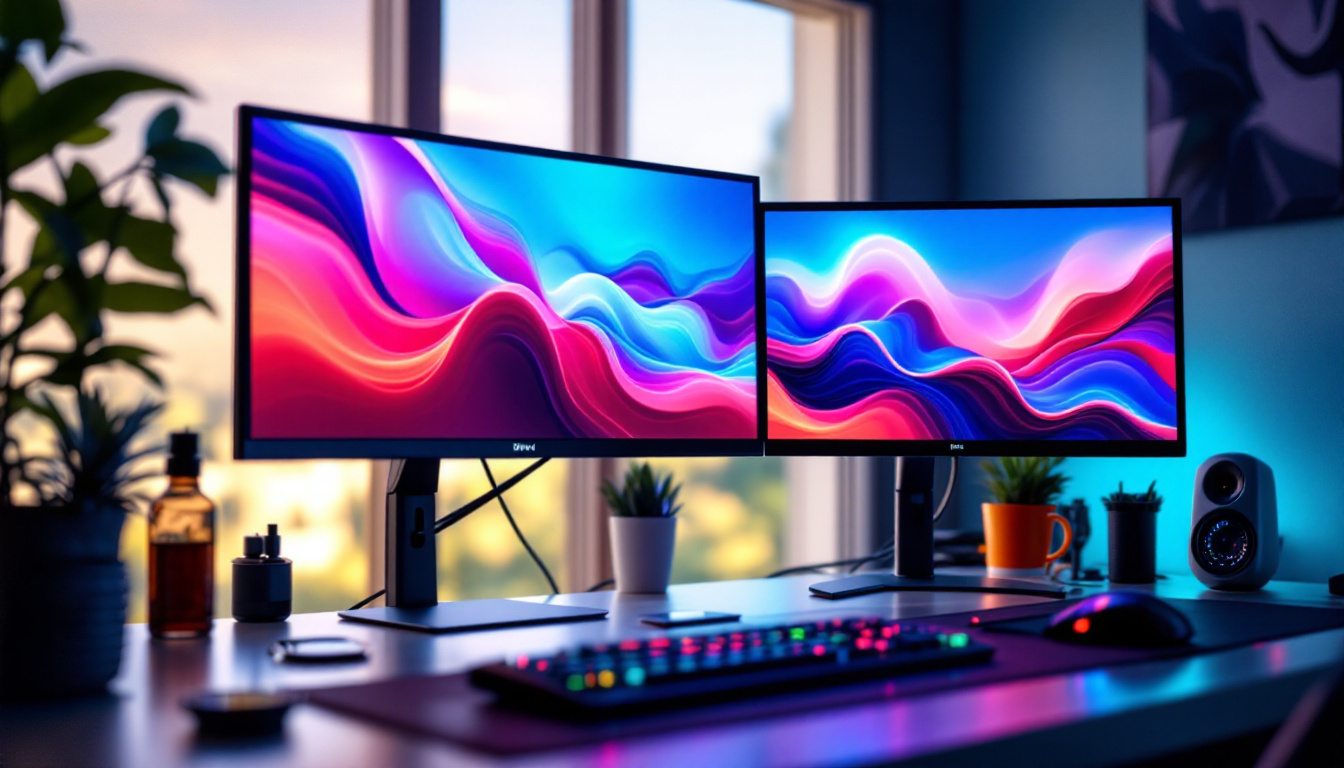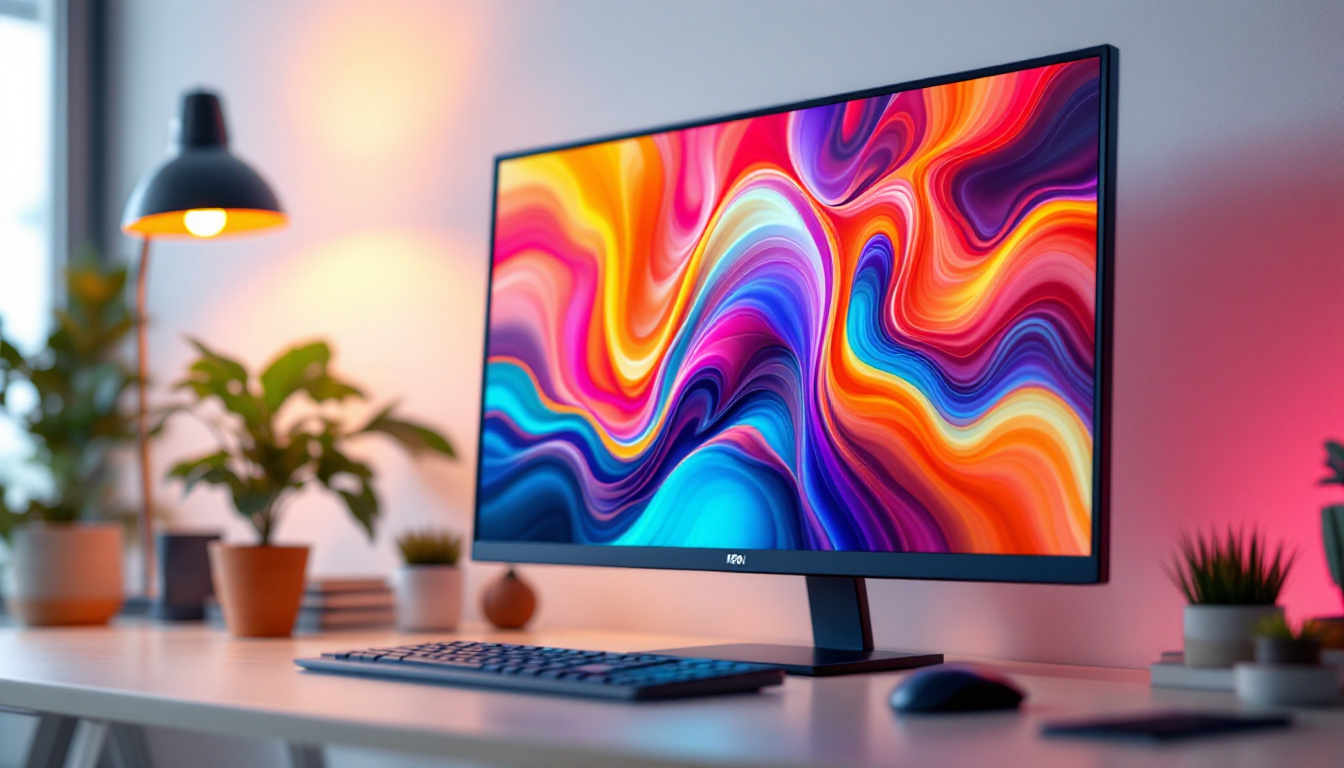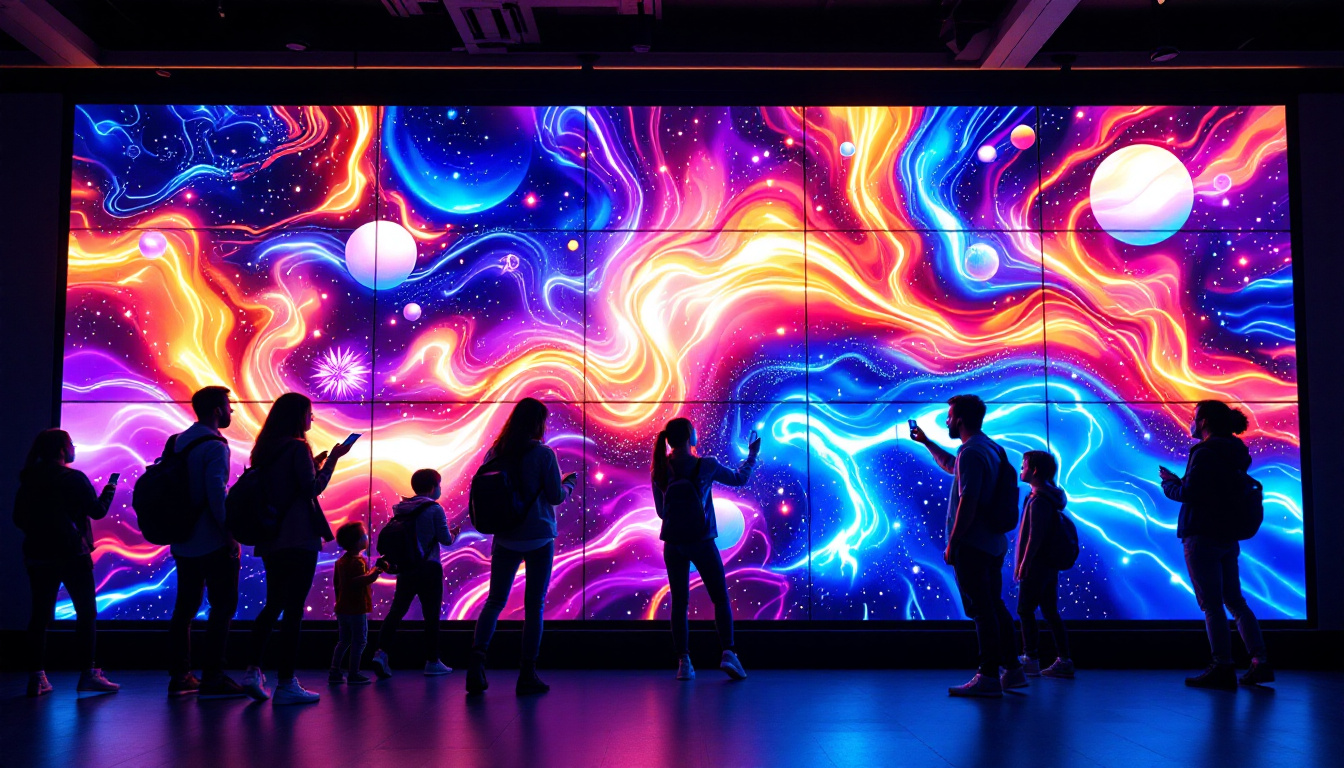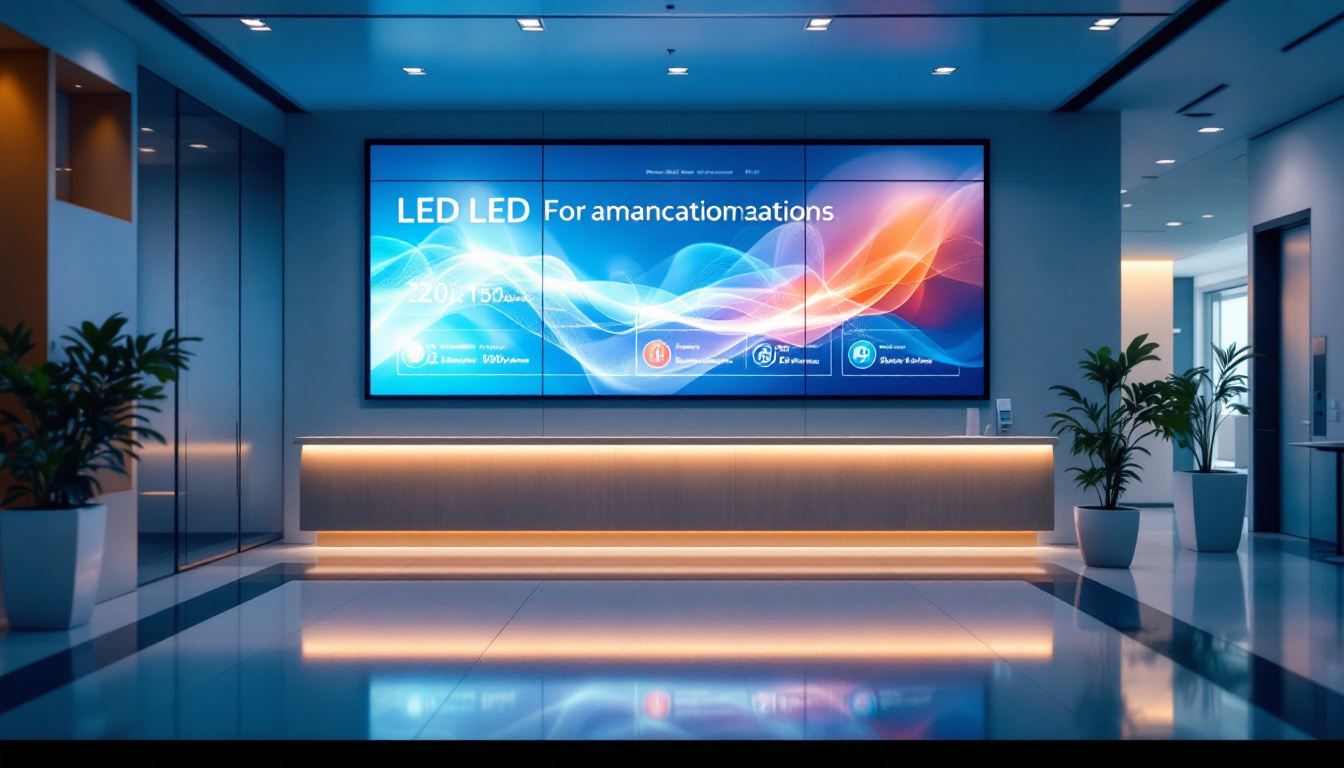In recent years, multitouch technology has revolutionized the way users interact with digital devices. This technology, often associated with smartphones and tablets, has also made significant inroads into larger displays, particularly LED screens. Understanding how multitouch works on LED displays can provide insights into its applications, benefits, and future potential. This article delves into the intricacies of multitouch LED displays, exploring their functionality, advantages, and the technology behind them.
Understanding Multitouch Technology
Multitouch technology allows users to interact with a display using multiple fingers or touch points simultaneously. This capability enhances user experience by enabling gestures such as pinch-to-zoom, swipe, and rotation. Unlike traditional single-touch screens, multitouch displays can recognize and respond to several touch inputs at once, making them more versatile and intuitive.
The Mechanics of Multitouch
At its core, multitouch technology relies on various sensing methods to detect touch inputs. The most common methods include capacitive, resistive, and optical sensing. Capacitive touchscreens, for instance, use the electrical properties of the human body to detect touch. When a finger touches the screen, it alters the screen’s electrostatic field, allowing the device to register the touch.
Resistive touchscreens, on the other hand, require physical pressure to register a touch. These screens consist of multiple layers that, when pressed, make contact and send a signal to the device. While resistive screens can recognize multiple touches, they are less common in modern multitouch applications due to their lower sensitivity and responsiveness compared to capacitive screens. Optical sensing, another method, uses cameras to detect touch by analyzing the shadows or reflections created when a finger approaches the screen. This method can be particularly effective in larger displays, such as those used in interactive whiteboards.
Applications of Multitouch Technology
Multitouch technology has found applications across various sectors, from consumer electronics to professional environments. In the realm of consumer electronics, smartphones and tablets are the most prominent examples, allowing users to navigate interfaces with ease. In professional settings, multitouch displays are increasingly used in collaboration tools, interactive kiosks, and digital signage.
In education, multitouch technology enhances learning experiences by allowing multiple students to engage with content simultaneously. This collaborative approach fosters teamwork and interactive learning, making lessons more engaging. Additionally, in retail environments, multitouch displays can provide customers with interactive product information and enhance the shopping experience. For instance, in museums, multitouch screens can offer detailed insights into exhibits, allowing visitors to explore artifacts through interactive maps and multimedia presentations. Furthermore, in the automotive industry, multitouch interfaces are becoming standard in vehicle dashboards, enabling drivers to control navigation, entertainment, and communication systems with simple gestures, thereby promoting a safer driving experience.
LED Display Technology Explained
LED (Light Emitting Diode) displays have become a popular choice for various applications due to their brightness, energy efficiency, and versatility. These displays are composed of numerous tiny LEDs that emit light when an electric current passes through them. The arrangement and color of these LEDs can create vibrant images and videos, making LED displays ideal for both indoor and outdoor use.
Types of LED Displays
There are several types of LED displays, each designed for specific applications. Among the most common are Direct View LED (DVLED) displays and LED-backlit LCD displays. DVLED displays consist of individual LEDs that form the display itself, providing high contrast and brightness levels. These displays are often used in large-scale applications, such as stadiums and concert venues.
LED-backlit LCD displays, on the other hand, use LEDs to illuminate an LCD panel. This combination allows for thinner displays and improved color accuracy compared to traditional LCDs. While they do not offer the same level of brightness and contrast as DVLED displays, LED-backlit LCDs are widely used in televisions and computer monitors. Furthermore, advancements in technology have led to the development of OLED (Organic Light Emitting Diode) displays, which enhance the capabilities of LED technology by allowing each pixel to emit its own light, resulting in deeper blacks and more vibrant colors.
Advantages of LED Displays
LED displays offer several advantages over traditional display technologies. One of the most significant benefits is their energy efficiency. LED technology consumes less power compared to incandescent or fluorescent displays, making it an environmentally friendly option. Additionally, LED displays have a longer lifespan, reducing the need for frequent replacements.
Another advantage is the superior image quality that LED displays provide. With high brightness levels and excellent color reproduction, these displays can deliver stunning visuals, even in bright environments. This makes them ideal for outdoor advertising and public displays, where visibility is crucial. Moreover, LED displays are also known for their rapid response times, which allows for smooth transitions and animations, making them particularly effective for dynamic content such as video advertisements and live broadcasts. The modular nature of many LED displays also allows for easy scaling and customization, enabling businesses to create unique configurations that suit their specific needs, whether it’s a large billboard or a smaller digital sign in a retail environment.
Integrating Multitouch with LED Displays
The integration of multitouch technology with LED displays has opened up new possibilities for user interaction. This combination enhances the overall experience, allowing users to engage with content in more dynamic and intuitive ways. Whether in retail, education, or entertainment, multitouch LED displays are transforming how information is presented and interacted with.
How Multitouch Works on LED Displays
In multitouch LED displays, the touch sensing technology is typically embedded within the display itself. This can be achieved through various methods, such as using a capacitive touch layer that sits atop the LED display. When a user touches the screen, the capacitive layer detects the touch points and sends the corresponding signals to the display controller.
Some advanced multitouch LED displays utilize infrared sensors or cameras to detect touch inputs. These systems can track multiple touch points without requiring direct contact with the screen, allowing for a more flexible interaction model. This technology is particularly useful in environments where cleanliness is a concern, such as hospitals or public spaces.
Use Cases for Multitouch LED Displays
Multitouch LED displays have a wide range of use cases across different industries. In retail, they can be employed to create interactive product showcases, allowing customers to explore features and specifications through touch gestures. This interactivity can lead to increased customer engagement and potentially higher sales.
In the corporate sector, multitouch LED displays are often used in conference rooms for presentations and collaborative brainstorming sessions. Teams can share ideas in real-time, manipulate data, and visualize concepts, enhancing productivity and creativity. Moreover, in educational settings, these displays can facilitate interactive learning experiences, enabling students to collaborate on projects and engage with educational content actively.
Furthermore, the entertainment industry has embraced multitouch LED displays to create immersive experiences. For instance, museums and galleries are using these displays to provide interactive exhibits where visitors can delve deeper into the subject matter by touching the screen to access multimedia content, such as videos, audio guides, or augmented reality features. This not only enriches the visitor experience but also encourages exploration and learning in a fun and engaging manner.
Additionally, multitouch LED displays are making their mark in the hospitality sector, where they can serve as interactive directories or wayfinding tools in hotels and airports. Guests can easily navigate through services, find nearby attractions, or check flight statuses with a simple touch. This seamless integration of technology into everyday environments enhances user convenience and satisfaction, making multitouch LED displays a valuable asset in modern service-oriented industries.
The Future of Multitouch LED Displays
The future of multitouch LED displays looks promising, with ongoing advancements in technology and design. As manufacturers continue to innovate, we can expect to see even more responsive and versatile displays that cater to a broader range of applications. Emerging technologies such as augmented reality (AR) and virtual reality (VR) are also likely to influence the development of multitouch displays, creating new ways for users to interact with digital content.
Trends to Watch
One of the key trends in the multitouch LED display market is the increasing demand for larger and more immersive displays. As businesses and organizations seek to create engaging environments, the need for large-scale multitouch installations will continue to rise. This trend is particularly evident in sectors such as entertainment and advertising, where captivating visuals can significantly impact audience engagement.
Additionally, advancements in touch sensing technology are expected to enhance the performance of multitouch displays. Innovations such as improved gesture recognition and haptic feedback will make interactions more intuitive and enjoyable. These enhancements will likely lead to broader adoption of multitouch LED displays across various industries.
Challenges and Considerations
Despite the numerous advantages of multitouch LED displays, there are challenges that manufacturers and users must address. One significant concern is the cost associated with these advanced displays. While prices have been decreasing over the years, high-quality multitouch LED displays can still represent a substantial investment for businesses.
Moreover, ensuring durability and reliability in high-traffic environments is crucial. Displays must be designed to withstand frequent use without compromising performance. Manufacturers are increasingly focusing on creating robust solutions that can endure the rigors of daily interaction.
Conclusion
Multitouch LED displays are at the forefront of modern interaction technology, offering enhanced user experiences across various applications. By combining the benefits of multitouch technology with the vibrant visuals of LED displays, these systems are transforming how people engage with digital content. As advancements continue to shape the future of this technology, the potential for innovation remains vast. Businesses and organizations that embrace multitouch LED displays will be well-positioned to enhance engagement, collaboration, and overall user satisfaction.
Discover the Future of Visual Engagement with LumenMatrix
Ready to elevate your interactive experiences with the latest in multitouch LED display technology? LumenMatrix is at the cutting edge, offering a diverse range of LED display solutions tailored to your unique needs. From captivating Indoor LED Walls to dynamic Outdoor LED Displays, and from versatile Vehicle LED Displays to innovative LED Sports and Floor Displays, LumenMatrix has it all. Embrace the future of visual communication and transform your space with our Custom, All-in-One, and Transparent LED Displays. Check out LumenMatrix LED Display Solutions today and start creating unforgettable visual experiences that engage, inspire, and resonate with your audience.



